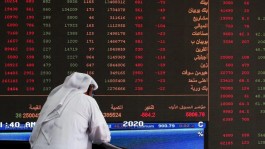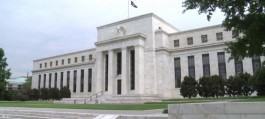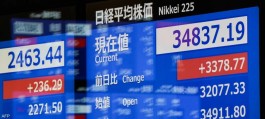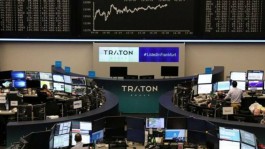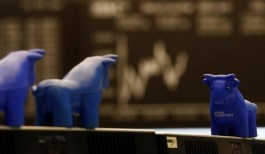The dollar rose and Asian stocks fell after President-elect Donald Trump announced that the United States would impose additional tariffs on China, as well as Mexico and Canada, raising concerns about his America First policies.
US stock futures also fell after Trump said on his Truth Social platform that he would impose a 10% tariff on Chinese imports and a 25% tariff on all products coming from Mexico and Canada. Trump justified the new tariffs as necessary to curb illegal immigration and the flow of drugs across the border.
The Bloomberg Dollar Spot Index rose 0.7%, while the offshore Chinese yuan fell about 0.4%, and both the Mexican peso and the Canadian dollar fell more than 1%.
Stock indexes in Japan, Australia and South Korea fell, while US Treasuries fell, sending yields higher.
“The president-elect started early, but that might come as a surprise only to those who have forgotten about 2016 to 2020,” said Kieran Calder, head of Asia equity research at Union Bancaire Privée in Singapore. “This is how President Trump negotiates: Step one, hit hard, step two, let’s negotiate.”
Extra boost to the dollar
Trump’s comments came after U.S. stocks and Treasuries rose on Monday as traders cheered the president-elect’s pick of Scott Bessent as Treasury secretary, expecting the hedge fund manager to bring a Wall Street mindset to the job. While Bessent has sometimes suggested that Trump is using a tougher approach as a negotiating tactic, he voiced strong support for tariffs in an op-ed published on Fox News on Nov. 15.
Commodity-linked currencies also fell, with the Australian dollar down 1.1% and the New Zealand dollar down 0.8%.
“Trump’s threat of more tariffs will give the U.S. dollar an extra boost,” said Carol Kong, a strategist at Commonwealth Bank of Australia in Sydney. “But the Australian and New Zealand dollars will suffer because of their close correlation to the Chinese economy.”
Gold rose slightly after Trump’s comments. The precious metal had fallen 3.4% on Monday as tensions in the Middle East eased, reducing demand for it as a safe haven.
In contrast, oil fell, affected by the rise of the dollar following Trump's threats to impose tariffs on Canada, Mexico and China.
The S&P 500 closed up 0.3% on Monday, while the Nasdaq 100 added 0.1%.
Optimism about the rise of US stocks
After underestimating the strength of the stock market over the past two years, Wall Street strategists are back to bullish, with familiar predictions about where the S&P 500 will go in 2025.
Annual targets from firms including Goldman Sachs, Morgan Stanley and BMO Capital Markets are hovering around 6,600. That would represent an increase of about 11.7% from Friday’s close, in line with the index’s average full-year return since 1928, subject to adjustments.











